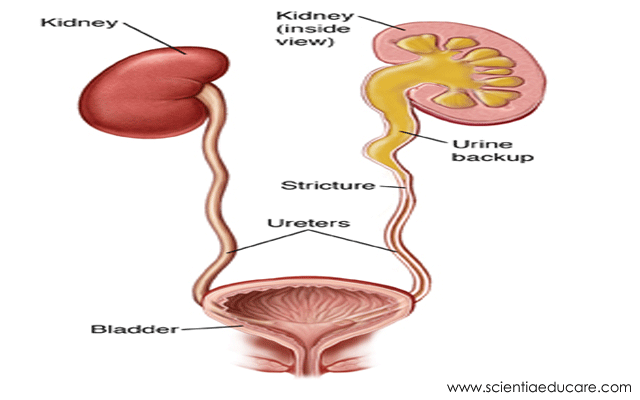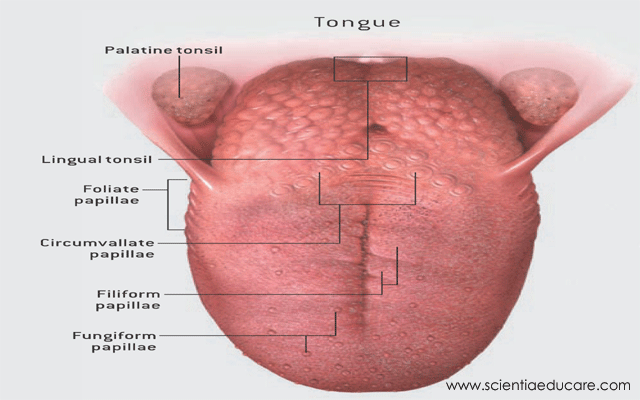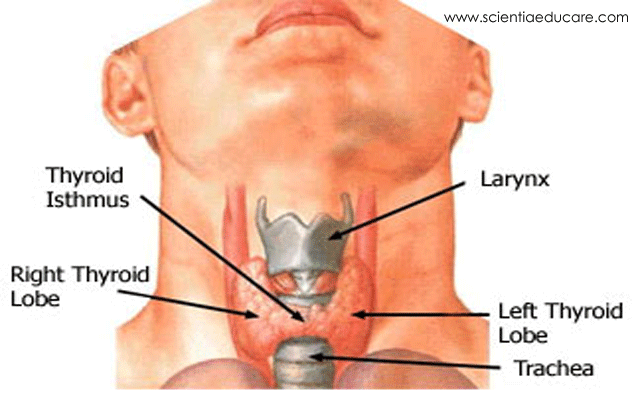
Appendix
The appendix sits at the junction of the small intestine and large intestine. It’s a thin tube about four inches long. Normally, the appendix sits in the lower right abdomen.
The function of the appendix is unknown. One theory is that the appendix acts as a storehouse for good bacteria, “rebooting” the digestive system after diarrheal illnesses. Other experts believe the appendix is just a useless remnant from our evolutionary past. Surgical removal of the appendix causes no observable health problems.
Appendix Conditions
Appendicitis: For unclear reasons, the appendix often becomes inflamed, infected, and can rupture. This causes severe pain in the right lower part of the belly, along with nausea and vomiting.
Tumors of the appendix: Carcinoid tumors secrete chemicals that cause periodic flushing, wheezing, and diarrhea. Epithelial tumors are growths in the appendix that can be benign or cancerous. Appendix tumors are rare.
Appendix Tests
Medical examination: The original test for appendicitis, a simple examination of the belly remains important in making the diagnosis. Changes in the abdominal exam help doctors tell if appendicitis is progressing, as well.
CT scan (computed tomography): A CT scanner uses X-rays and a computer to create detailed images. In appendicitis, CT scans can show the inflamed appendix, and whether it has ruptured.
Ultrasound: An ultrasound uses sound waves to detect signs of appendicitis, such as a swollen appendix.
Complete blood count (CBC): An increased number of white blood cells — a sign of infection and inflammation — are often seen on blood tests during appendicitis.
Other imaging tests: When a rare tumor of the appendix is suspected, imaging exams may locate it. These include magnetic resonance imaging (MRI), positron emission tomography (PET), and CT scans.













